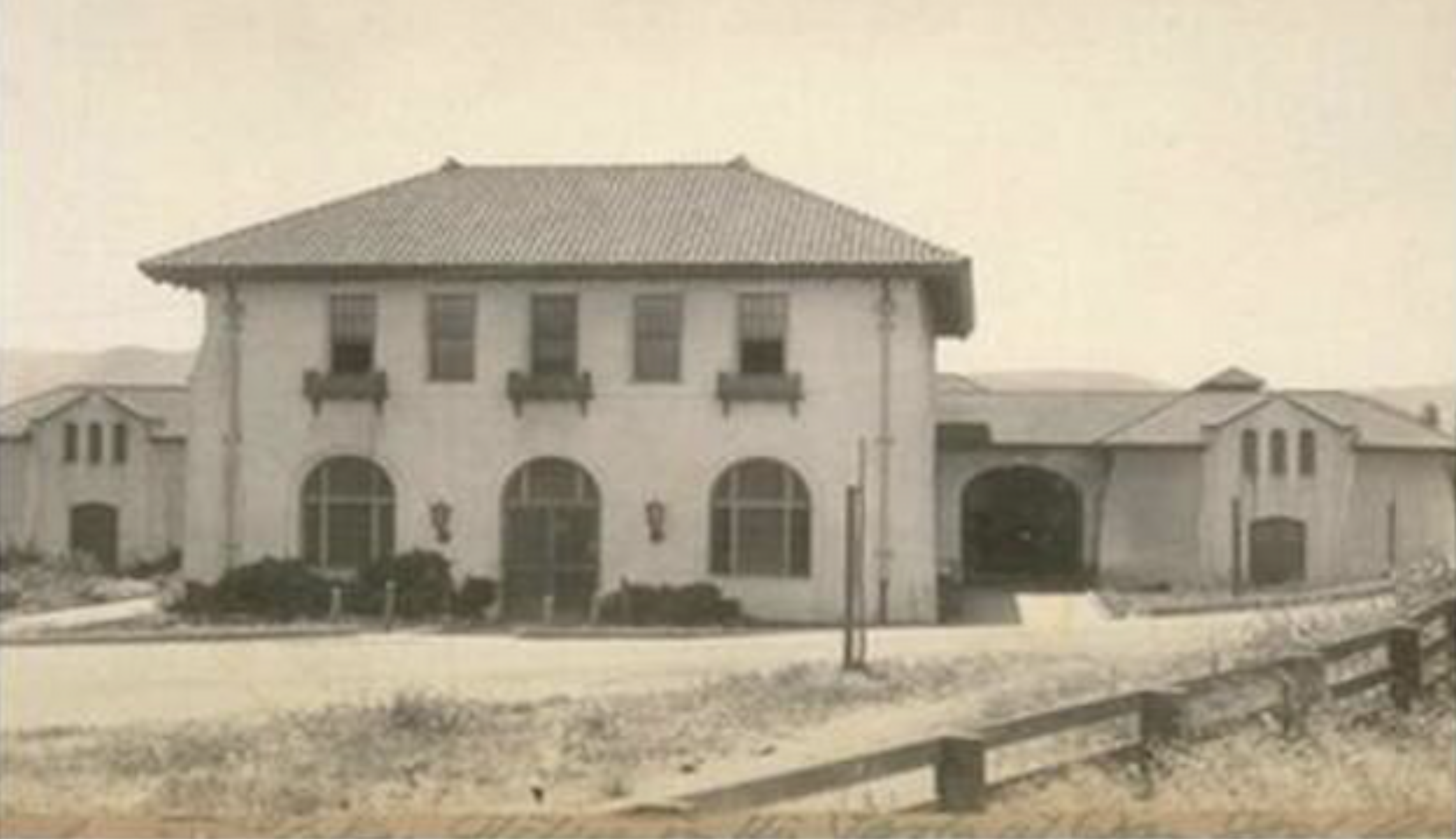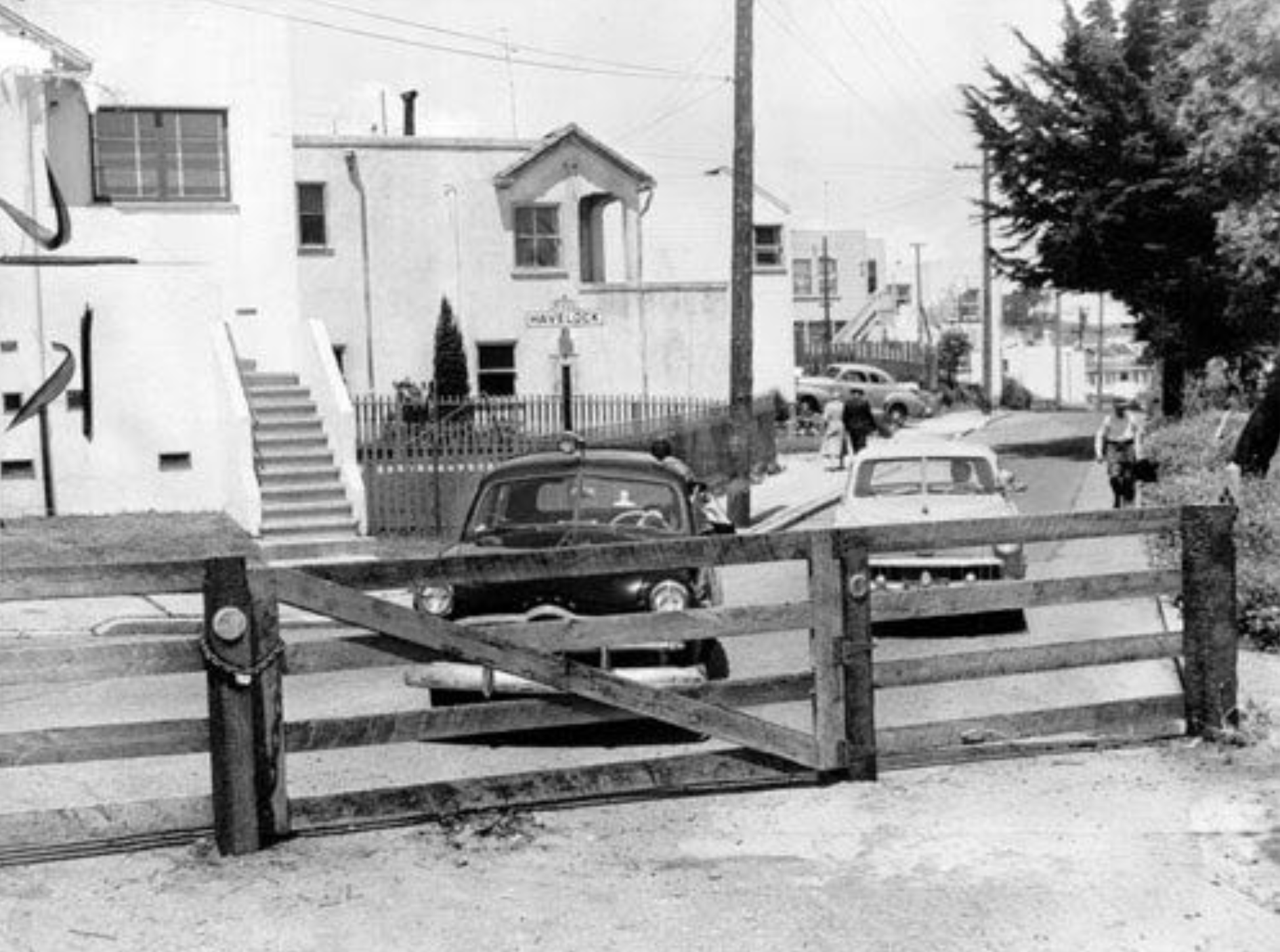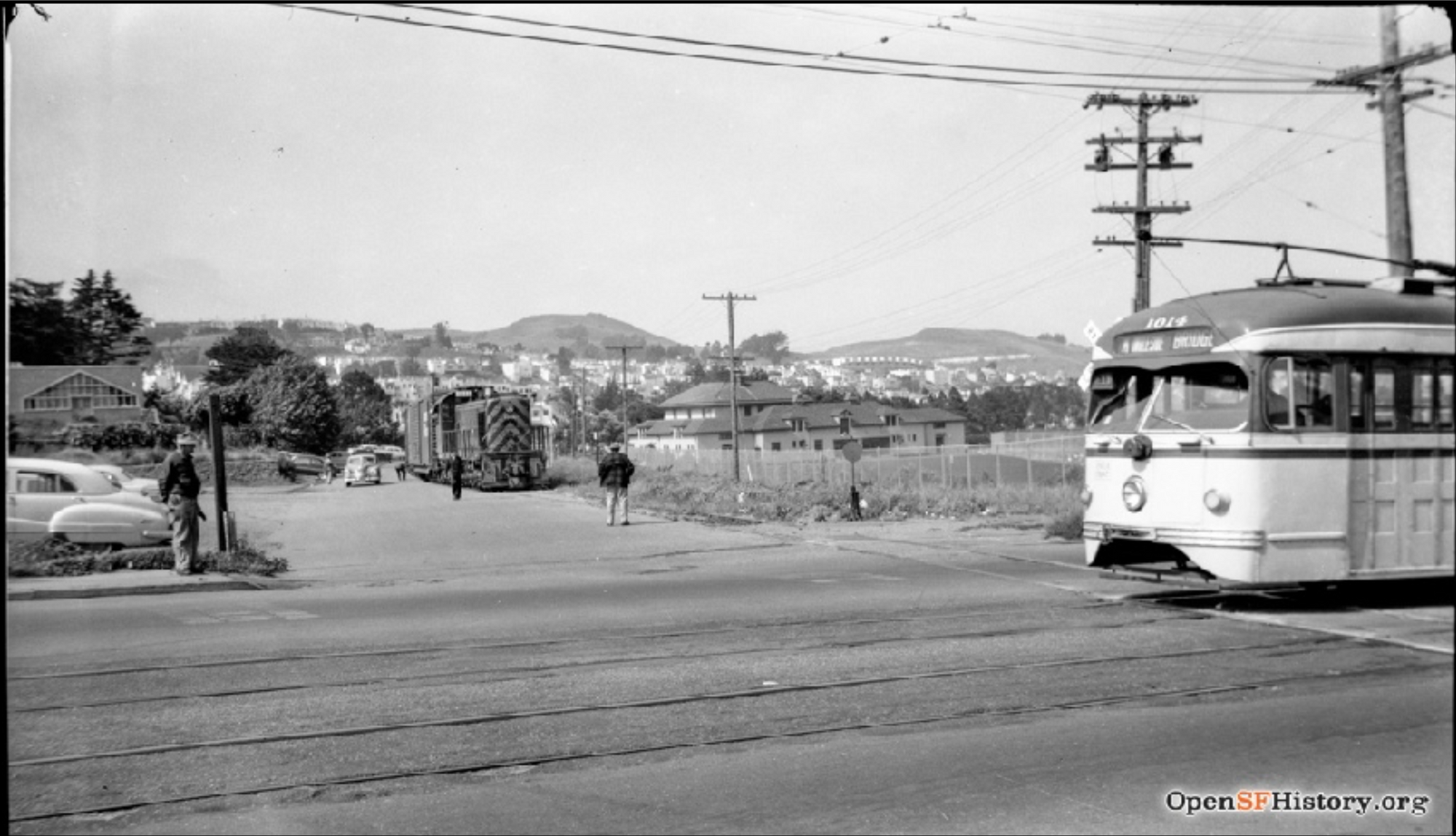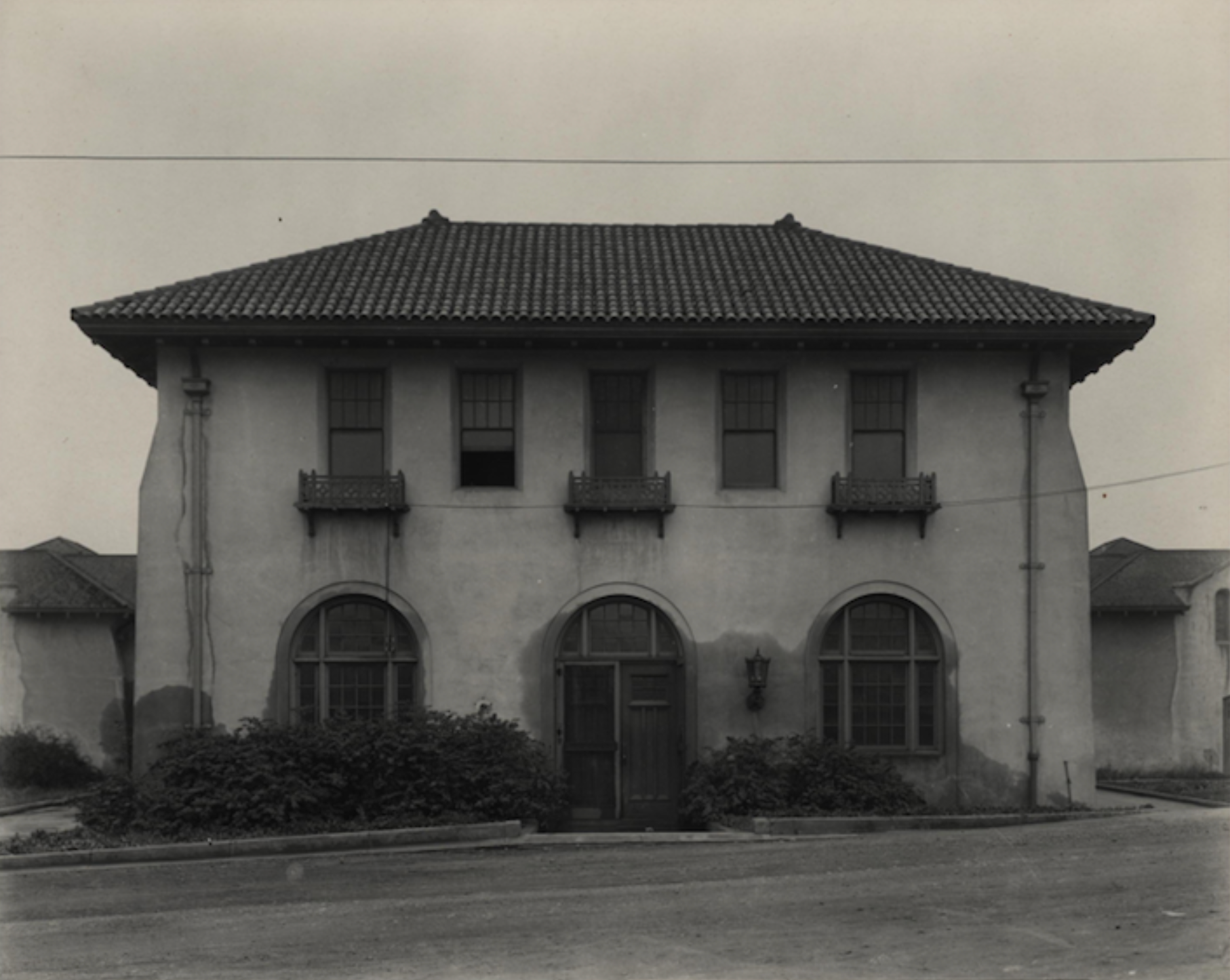🟧 Ingleside's Oldest Chinese Restaurant // Red Lane Reaction
Plus: Lakeside Village's Ofena bids adieu.
The San Francisco Police Department officers and staff detailed to Ingleside Station work out of a century-old building in Balboa Park.

The San Francisco Police Department officers and staff detailed to Ingleside Station in Balboa Park work out of a century-old building located at the end of dead end lane between a freeway and ball fields.
It's a police precinct in a neighborhood park. Its community meeting room also serves as a training room and as an interview-room for victims. On occasion patrol cars are damaged by fly balls and officers must drive by a children's playground when responding to emergencies.
In 1910 the plans called for locating Ingleside Station at the "northwest entrance to the new park, between San Jose and Phelan (Frida Kahlo Way),” the San Francisco Chronicle reported.
It would be two-stories and constructed of reinforced concrete in the "mission style" with arched doorways and a terra-cotta-tiled roof. It included a large meeting room, offices and one dark and four light cells. One wing housed the garage for the ambulance and 45 stalls for horses.
The contract was signed and the building was dedicated in less than a year — the kind of efficiency seldom seen in San Francisco. The cost was $40,000.

At its dedication, Ingleside Station was declared one of the "finest in the west,” the San Francisco Call reported. It was built at a time when public safety, and especially fear of fire, was of great concern.
Local residents actually made some neighborhood improvements themselves. "By working on Sundays […] they put the principal streets in good condition […] especially Ocean Avenue," according to the Chronicle. The thoroughfare was, and still is, the neighborhood's main east-west thoroughfare.

In the early 1920s Circular Avenue was improved to run parallel with the Southern Pacific railroad tracks and to provide a path to Havelock and Ocean Avenue. This provided the police officers several points of access to the station: south to Ocean Avenue, east to San Jose Avenue and north to Havelock toward Sunnyside.
In 1953 the Southern Pacific Railroad cut off access across Havelock at Circular with an "offensive fence" which forced the police cars to take the long way around.
By 1964 the "Southern Freeway” had opened alongside the station and by 1974 BART had squeezed in as well. This resulted in the station having only one access road and no short cuts to neighborhoods to the north, south or west.

I once spoke to an officer whose windshield had been broken by a fly ball. I told him he was lucky. The Chronicle reported that in 1911 Patrolman J.J. Crowley died after being hit in the forehead by a baseball as he was leaving the station. He left a wife and six children — so it's a good thing that Crowley's widow was granted a pension by the police commission.
In 1912, Corporal John J. Casey and Patrolman Uhte were attacked by a “big American eagle” as they rode their horses on 29th Street near Corbett Road. Casey had to be taken to St. Luke’s Hospital for his lacerated hands. The officers faced different kinds of dangers in those days.
In 1914 an “ultra-suave thief” broke into a house on Otsego Avenue and when two police officers showed up, one on motorcycle and one on horseback, he fooled them into believing he was a friend of the homeowner. The thief boldly lit a cigarette, stepped onto the front porch and ordered the officers to leave. He told them "if you feel like hesitating…I’ll let you explain why before the Police Commission." Suave indeed.
The terrible murder of Sergeant John V. Young at the station in 1971 by the Black Liberation Army forever changed the station and everyone involved. Young's life and service have been honored at the station each year on August 29th.

Ingleside Station was built soon after, and in a similar style, to the Park Station in Golden Gate Park. Both were renovated in the 1990s and upgraded in 2017 with the 2014 Earthquake Safety and Emergency Response bond monies. But more upgrades are needed and plans are afoot for an extensive renovation or rebuild.
A wrinkle may be the building's eligibility for historic preservation. It lies in the Balboa Park Historic District.
What's the appropriate way to care for a historic building and to provide the SFPD with the kind of facility they deserve? Would they have more room if they moved to McLaren Park? Or is it time we finally deck the freeway and build the police station of the future?
No media outlet covers our neighborhood like The Ingleside Light. Full stop.
Reader support sustains the expensive reporting our community needs and deserves. Will you join the hundreds of readers and become a member?
We deliver neighborhood news, events and more every Thursday.